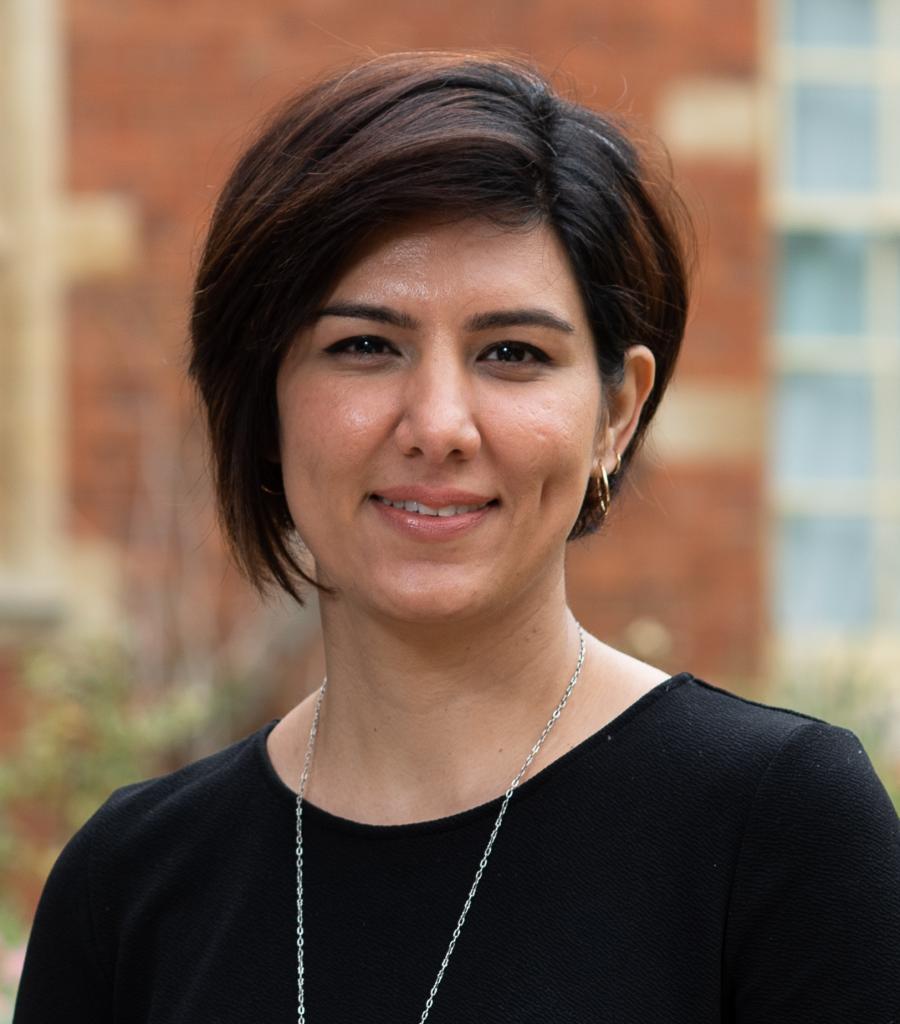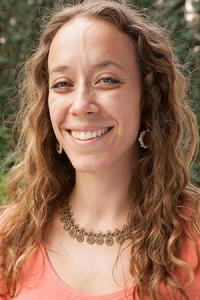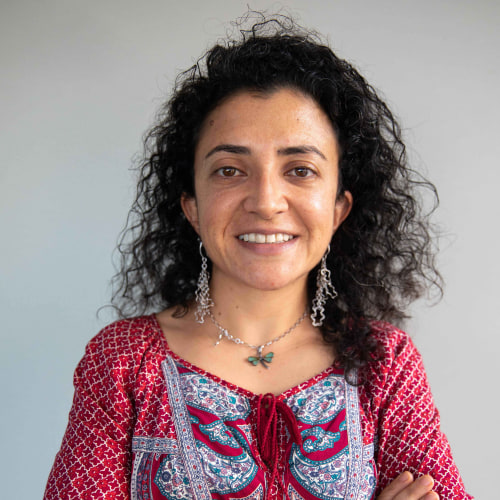Scientific research is mainly shared through peer-reviewed articles that are almost exclusively published in the English language. But as this column explains, such linguistic exclusivity creates a number of problems: limiting access for non-native English speakers; reducing the diversity of theories and insights; and hindering scientific progress and evidence-based policy-making. Overcoming these barriers requires concerted efforts to move towards a multilingual science.
English speakers represent only 1.35 billion of 7.8 billion people on the planet – around 16% of the global population. It is the first language of a mere 360 million people worldwide. Yet today, 95% of all scientific papers are published in the English language. This dominance of English in peer-reviewed journals leads to the sterilization of science, widens inequalities, affects educational careers, and creates stereotypes.
English was not always the dominant language of science. In the past, there were regionally important dominant languages of scientific exchange including Sanskrit, Persian, Chinese, Greek, and due to colonialism, other European languages. The scientific dominance of a language is always regionally tempered.
But from the 1880s to the mid-2000s, English rose from about 38% to over 90% of publications in biology, chemistry, medicine, physics, and mathematics. At the same time, other languages – including German, French, Japanese, and Russian – experienced downward trends in scientific communication. By 2005, all other languages had fallen to less than 3%. Never in the past has a language dominated scientific communication as English currently does.

Figure 1: Shares of languages in science publications, 1880–2005: overall average percentage for biology, chemistry, medicine, physics, and mathematics. Sources: Tsunoda 1983; Ammon 1998; the author’s own analysis, with the help of Abdulkadir Topal and Vanessa G. Figure from: Ammon, U., 2010. p.115
The result is that scientists whose first language is not English face several barriers to participating in science and accessing knowledge. It is time-consuming and challenging to get academic papers published in major scientific journals and other English-language publications. Revision, editorial, and translation services are expensive. While scientific journals are published in other languages, the majority and the most prestigious ones are currently only in English.
What’s more, if you don’t publish in English, your work is less valued by universities and academic institutions. Furthermore, even in countries where the official languages are not English, peer-reviewed articles published in the local language are ranked lower, hurting researchers’ chances of advancing their careers. Finally, articles published in another language are less likely to be read and cited by other researchers, which means that the work lacks a broad reach, further exacerbated by English-language biases in search databases.
Writing scientific papers is an iterative and time-consuming process, even for many English-speaking authors. For researchers for whom English is not a native language, it often takes longer to revise peer-reviewed research and to write a paper or grant application because of the multiple translation efforts that go into it. Added to this enormous effort is the self-prejudice and fear of rejection, leading to internal struggle, demoralization, and inertia when trying to write in English. This struggle can often lead to abandonment of efforts and many missed opportunities.
Research papers may be rejected due to reasons like ‘the English is not good’. Authors may receive such suggestions as ‘why don’t you get this proofread by a native English speaker’, or ‘improve your English before you submit the manuscript again for further evaluation‘. These comments create a significant setback for many who spend additional months writing or translating research into English. In addition to carrying out rigorous scientific research, authors have to bear the time, financial, and emotional burdens of converting their research into English.
One option for overcoming this language barrier is to ‘get a translator to translate your research into English’. While this sounds a plausible alternative, professional translation services are often prohibitively expensive, thus widening the gap between what is technically possible and technically feasible. Further, constantly asking colleagues who are native English speakers to translate or review manuscripts can come with a time or social cost, and introduce unfair power dynamics.
Publications that are only in English raise another significant concern: there are so many other languages in the world. If research is happening in multiple languages and there is a limited crossover, how can there be diversity in science? This concern also puts a cap on the contribution of many non-native English speakers carrying out a wide variety of locally nuanced research.
Language barriers are a problem for both science and policy
The English language has colonized science. This puts research by English-speaking countries at an advantage in publishing and popularizing theories, thereby reinforcing a particular perspective of science. Such a dominant reproduction of perspectives marginalizes other views. This colonization not only skews science but also creates and reinforces biases. The rich diversity of theories and insights produced in other languages are sidelined.
For example, only a quarter of publications in urban studies are from countries of the Global South. This low contribution makes dominant theories Global North-centric, reinforcing an idea of urbanization different from the reality experienced. Similarly, in epidemiology, physics, and chemistry, such exclusion creates biases in how diseases are studied and vulnerabilities experienced. The significant barrier is tied to language or, rather, the exclusivity in the English production of science.
Ideally, knowledge should be available for everyone, but what happens when information is communicated in a language you do not understand? This barrier excludes a vast audience who do not understand English. In the current context, where more and more people are losing faith in science and when false information is rampant, language is adding yet another barrier to acquiring knowledge.
When we fail to include scientists and researchers from all languages, local knowledge can be lost, or at times, ‘discoveries’ are credited to or co-opted by Western or English-speaking scientists. Failing to recognize the contributions of non-native English speakers reduces the diversity of science and knowledge.
Two alternative futures of language used in science
We have an opportunity to shape the future of language in science. Do we choose to maintain a monolingual enterprise or can we envision a multilingual science? We believe that the multilingual pathway is potentially much richer and has the benefit of making knowledge more accessible for information-sharing at regional scales. But the measure of academic success is currently tied to publications in English. This system would have to evolve accordingly to give way to a multilingual science.
We must make concerted efforts to move to a multilingual science. This might involve creating hubs of specific dominant languages – such as Spanish, Hindi, and Chinese – close to other native languages, so that scientific publications can be easily bridged with research in English.
Steps to navigate language barriers
In the meantime, there is a growing community of support for those seeking to publish in English. But there is much more that can be done. Some steps include journals offering editing support services (without exorbitant costs); those who review scientific papers being kinder and more constructive in their reviews; and funding agencies normalizing language flexibility and building in a system of editorial assistance. These efforts are some of the building blocks needed to enable diversity and inclusion within science.











